Defining Terms
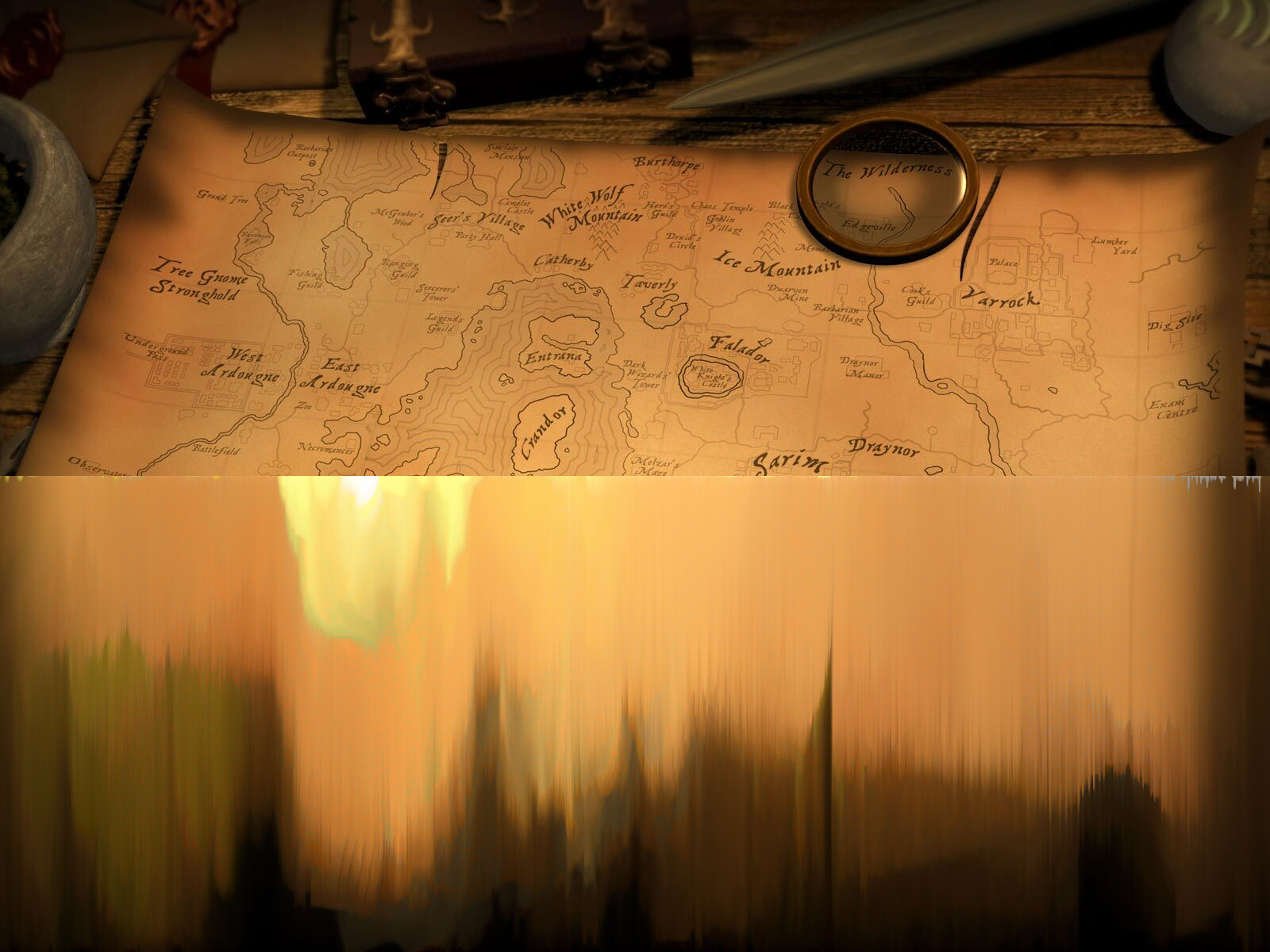
The series of RuneScape retrospective posts stalled here. There was something I needed to articulate before I continued, and I couldn’t quite. As I dove into the game design concepts around it and found examples and tools that I thought were relevant, I built this list. But now that I’ve accumulated all this perspective, I’ve completely lost the thesis (although the commentary may still hint at it). I hope that this list might prove useful in my own future thinking about games, interesting for framing my past ideas, and maybe even helpful to others.
Definitions
Listed in no order but what made sense at the time. There’s a fair amount of interpretation and redefinition here, as I make connections that may not be universally accepted. Let a hundred “well, actually” fly.
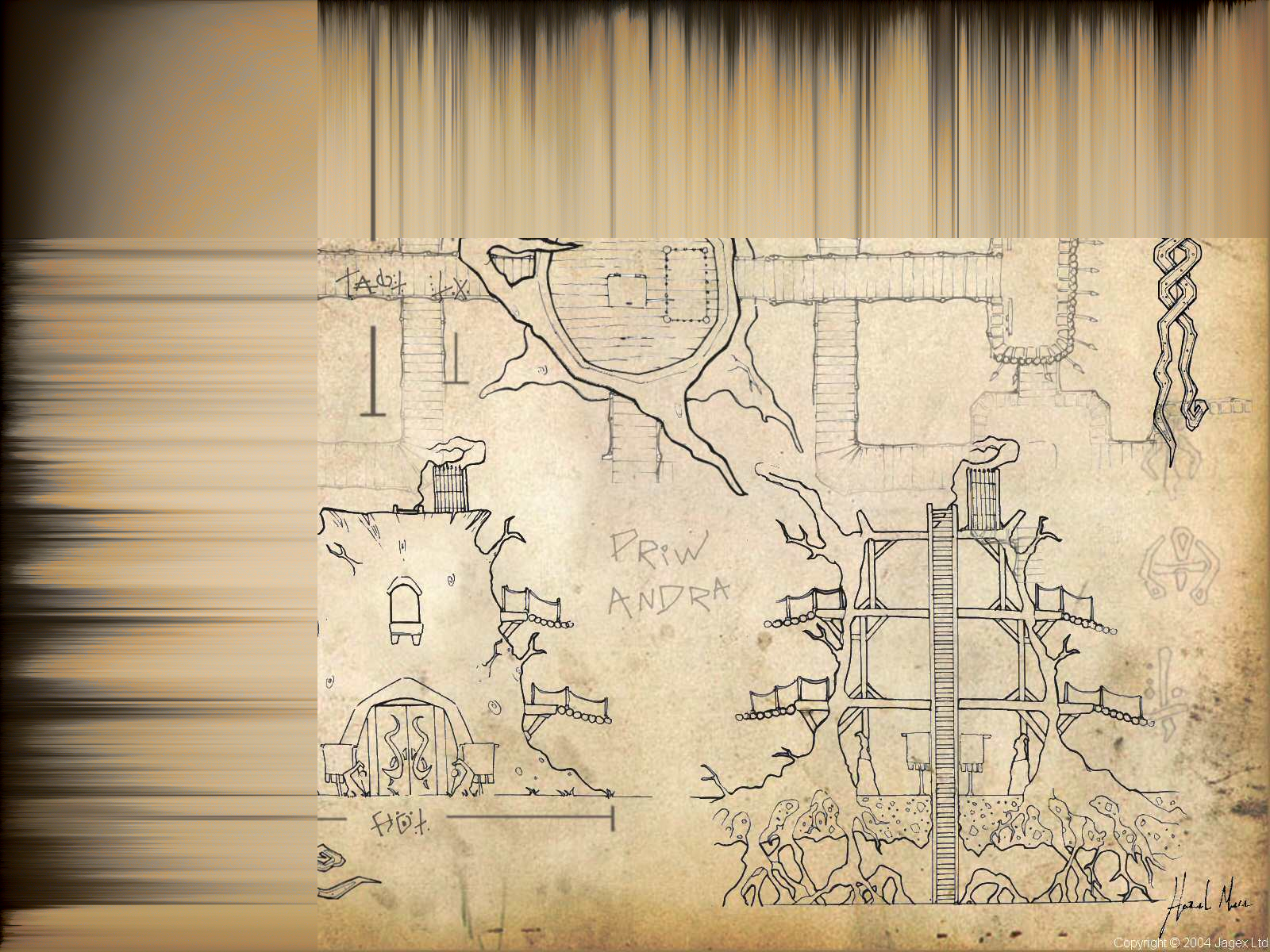
- Player Agency
- The ability of a player to make meaningful decisions in the game. This requires that the player knows enough about the situation, the world, and the mechanics to take actions in the present that work toward a predictable, if not deterministic, future state.
- Player Knowledge
- What the player knows about the game before or outside of playing it. This includes “frame” knowledge (“this is a game about political intrigue” or “Jim is using his action to attack”), general knowledge (“water flows downhill” or “vampires burn up in sunlight”), and rules knowledge (“I have a 50% chance to make that shot” or “I can survive like this for two more rounds”).
- Character Knowledge
-
What a character (PC or NPC) knows within the fiction of the game. This includes a subset of player knowledge (“water flows down hill”) but not all of it (“Tharizdun is the evil of The Temple of Elemental Evil”).
Crucially, it also includes things that the player doesn’t know, for example if a player misunderstood a room description, we shouldn’t assume that their character is also confused. If something is meant to be common or obvious to a character, but it isn’t to the player, it falls on the GM to clarify that. This is also how I tend to hand-wave concerns that tactical decision-making by the players takes too long compared to in-game time: in game, only moments have passed, but also the situation is immediately apparent to the characters. That the players take so much longer to act is partly attributable to the “translation” required. - Metagaming
- Metagame Thinking
-
When a character acts according to player knowledge that isn’t character knowledge. This is generally frowned upon as immersion-breaking and disrespectful to other players who are operating within the fiction. (Wikipedia has a wide variety of examples.)
Some types of metagaming can be avoided simply by making the game less game-like. If players know that every encounter is balanced for their level, then their characters might act overconfident. So a good GM includes challenges that aren’t balanced or which are deceptive. Other types of metagaming are more difficult to address: a player can’t un-learn a monster’s weaknesses even if it’s new to the characters. - Just-in-Time (JIT) Compilation
- A tool for avoiding metagame thinking by not establishing the truth of a fact until the last possible moment. For example, a player may “know” that a vermilion ooze is weak to bronze weapons. This is treated as a true fact until the first time it becomes relevant. The first time a character attacks a vermilion ooze with a bronze weapon, that’s when they make an intelligence check to see if they actually knew a true fact or not. It relies on the mutability of the game world, and so isn’t suited to all types of game. First outlined by Arnold K., taken from a concept in computer science.
- Illusionism
-
The abridgment of player agency by exploiting gaps in player knowledge. Specifically, using unknown or undetermined facts about the game world to prevent players’ different choices from having different effects, so that any action would have the same outcome. As far as I know, the term was coined by John Arendt.
This could be considered the evil twin of JIT compilation: in both scenarios the players don’t find out the results of their actions until they are relevant, but with JIT the GM and players find out together, subject to the rules of the game, and in illusionism the GM has known all along. But this may be a facile comparison. - Quantum Ogre
- A classic example of illusionism, first outlined in the same essay but named and expanded on by Courtney Campbell. The example is a shell game: there are three locations to search, but no matter what order players search in, there is an ogre in the first one and a MacGuffin in the last one.
- Railroading
- The abridgment of player agency by limiting player choice. Contrast with illusionism which gives choices that just don’t matter. In the railroad equivalent of the quantum ogre, there would only be one forest to start with. A little bit of railroading can expedite boring things, as long as everyone communicates about it clearly.
- Intentionality
-
“The ability of the player to devise [their] own meaningful goals through [their] understanding of the game dynamics and to formulate meaningful plans to achieve them” (Clint Hocking via The Quixotic Engineer). This isn’t quite the same as player agency, which is a design principle, where intentionality is an observed result.
According to the same article, the core loop of a game can be broken into “compose” and “execute” phases, and the balance between them is what creates “intentional play.” Games with “robustly interconnected systems” can enable this (desired) mode of play. - Complexity
- I’m still not going to attempt a definition of this, except to say that here I’m using it to mean the number of systems in play and the degree of their integration. It’s what is meant by “robustly interconnected systems” above.
- Composition
-
“Deciding and figuring out what to do.” At the tabletop, time spent debating courses of action, choosing equipment loadouts, preparing spells, gathering rumors, and listening at doors is all time spent in the composition phase. Games with predictable systems and behaviors favor composition over execution, and tend to be puzzle-like experiences.
Composition can also include time not playing the game: preparing for a session, idle group chat, maybe consuming actual play content. In video games, daydreaming while it’s your sibling’s turn on the computer. - Execution
- “Doing stuff,” in the context of following composition. At the tabletop, this commonly involves rolling dice, or the players finally declaring actions to the GM. Games with messy, unpredictable systems tend to favor execution (as they limit the usefulness of the composition phase), and can become “ride-like” experiences. An example of this might be the evergreen complaints about spell mishap tables, and their ability to “derail” a game.
- Improvisation
- The ability to adapt, react, change, and replace plans on-the-fly. Improvisational play is “intentionality, compressed” (Clint Hocking, via The Quixotic Engineer again). When a plan goes awry during execution, players are forced to quickly return to the composition phase before continuing to execute. So improvisation is forced by unexpected setbacks like weather, misinformation, and just plain luck.
- Interference
- What I’m naming the type of interaction between game systems that causes improvisation. Weather rules can interfere with travel rules, indirectly interfering with resource depletion or random encounters, for example. A reason to have more complexity. Possibly the same as or related to variance (which is not in this list).
- System Mastery
-
When a player is rewarded for their comprehension of the rules, generally by increased success. The idea of encouraging system mastery as a design goal was brought in to D&D 3.0 following lessons learned from Magic: the Gathering, but generally the more complex the rules are, the more opportunity you have for system mastery. Character builds and optimal strategies are “symptoms” of this, but so are spontaneously discovering a powerful combination of abilities and having just the right tool for a situation.
You might think that tendencies that enable intentionality also enable system mastery. The difference between the two is that system mastery is concerned with the rules in the abstract, while intentionality is concerned with the whole experience of the game, including the rules and the game world. So it’s only a matter of where these tendencies are applied. - Jaquaysing
- A set of techniques for making a map more complex in a way that encourages intentional play, including the use of looping paths, multiple entrances, and unusual connections. Casually, it’s been observed that a well-Jaquaysed dungeon “comes to life” in play and is more replayable.
- Ivory Tower Design
-
A tool for enabling system mastery by not providing commentary or advice about the rules. This kind of writing, explicitly used in 3.0, forces players to think about the purpose of the rules and draw conclusions themselves, a kind of obtuse Socratic method. More generously, it is creating a densely-textured ruleset and trusting that the emergent complexity will provide satisfying opportunities.
Because Monte Cooke mentions it in the same article, the idea of a “worse choice” (as in the Mark Rosewater article, When Cards Go Bad) also gets lumped in with this for D&D purposes. (In fact, Monte Cooke’s explanation of a Timmy card is broadly mistaken: Timmy cards aren’t necessarily bad, but they are direct.) I think it likely that he confused the two ideas from Magic R&D, but both tools do enable system mastery, so for convenience I’m using this to mean both things.
It has been widely criticized for creating un-fun gameplay, and I broadly agree. D&D is a game where you may be forced to live with your choices for years, while a game of Magic is over in 20 minutes. You can also consider the total lack of beginner-friendliness this creates. For example: why is it possible to create a warlock without Eldritch Blast? Make it a class feature so that a new player, picking up the book in isolation will understand that this is what a warlock is about. But I think this misses something: “mastery” is a rewarding experience outside of the rules. Predicting how an NPC will react, or knowing what spells to prepare, these are examples of mastery, but not system mastery. The biggest fault of 3.0 was mistaking the rules for the game. - Emergent Gameplay
-
A term I’m coining to describe a game that rewards mastery of the game world (as well as system mastery to an extent). This is distinct from intentional gameplay. In emergent gameplay, learning facts about the world improves the player’s ability to interact with it, which is not necessarily true of intentional gameplay. Jaquaysing also improves emergent gameplay: as players explore, their reward is becoming better at exploring by better knowing the paths, better being able to predict what comes next, and being able to use the dungeon to their advantage.
I’m using the term “emergent” here because gameplay emerges from past gameplay. This can also be seen in RuneScape. For example, as players level up, they gain access to new types of transportation (canoes that go further up-stream, permission to use the fairy-ring teleportation network, newly-opened minecart and train stations). The endpoints of these locations become important for their utility, allowing players to optimize their leveling-up, granting access to more regions and quests and other interactions. Note that these can be cross-activity synergies. Leveling up the woodcutting skill grants access to better canoes, but canoes are of little use for woodcutting. - Affordance
-
A mnemonic indicator of an object’s properties (once again, from The Quixotic Engineer). As a game’s complexity grows, these become more important. In a video game, an affordance might be an indicator of what material something is made of, and having those behave consistently. A wooden shield burns as well as a wooden horse, mithril armor is lighter than a steel equivalent. This applies to tabletop games as well, with the added benefit that common sense is available as a human arbiter. A GM can hardly forget to mark the wooden shield as “flammable.”
With fantastical systems, it can then be useful to “code” them in more common-sense terms. This is what was on my mind when I wrote about a spaceship’s AI. Laying out a simple set of rules for an alien enemy’s behavior or specifying that adamantium is a type of metal (as opposed to say, a ceramic) both give these things affordances that help the GM adjudicate and help players compose plans. - Resonance
-
In Magic parlance, when an affordance relies on a strong analogy to the real world. The stronger this concept is, the more complex the underlying rules can be and still make sense. For example, fire is very complicated: it spreads, it consumes, it breathes, it hates water and loves oil, it hurts and damages, it releases smoke, and so on. Normally, something with that many behaviors is difficult to introduce to a game, but because fire is a commonly-known thing, it is a resonant concept, and can “carry” rules for how quickly it spreads, how much damage it deals, how to extinguish it, and so on.
Vampires are another example of a resonant concept, with the twist everyone has slightly different constellations of behaviors in mind. As long as you get most of these behaviors or the most important of them, it’s then straightforward to introduce a twist on a vampire. By contrast, a monster that lacks that resonance, say the aboleth, is more difficult to modify. - Blorb
- A set of techniques for enabling emergent and intentional gameplay by ensuring self-consistency in the game world. It can be thought of as the opposite of illusionism.
- Replayability
-
The ability of a game to be played twice and still enjoyed. This may sound like a concern for other types of game, but there is also value in it here. I’m unlikely to run the same group through a dungeon twice, or to run the same dungeon for two separate groups, but it is very likely that a group may end up re-engaging with the same dungeon in different ways over time. If we allow that the dungeon is “alive” and never becomes static or “cleared,” then the party’s mastery of the dungeon becomes its own reward. They can never “kill” the dungeon, but they can become of the dungeon, claiming it as their home field, becoming known to its factions. This would be unappealing in a simple, linear dungeon; the advantage scales with the complexity and size of it.
Practically, replayability is a side-effect of emergent gameplay.
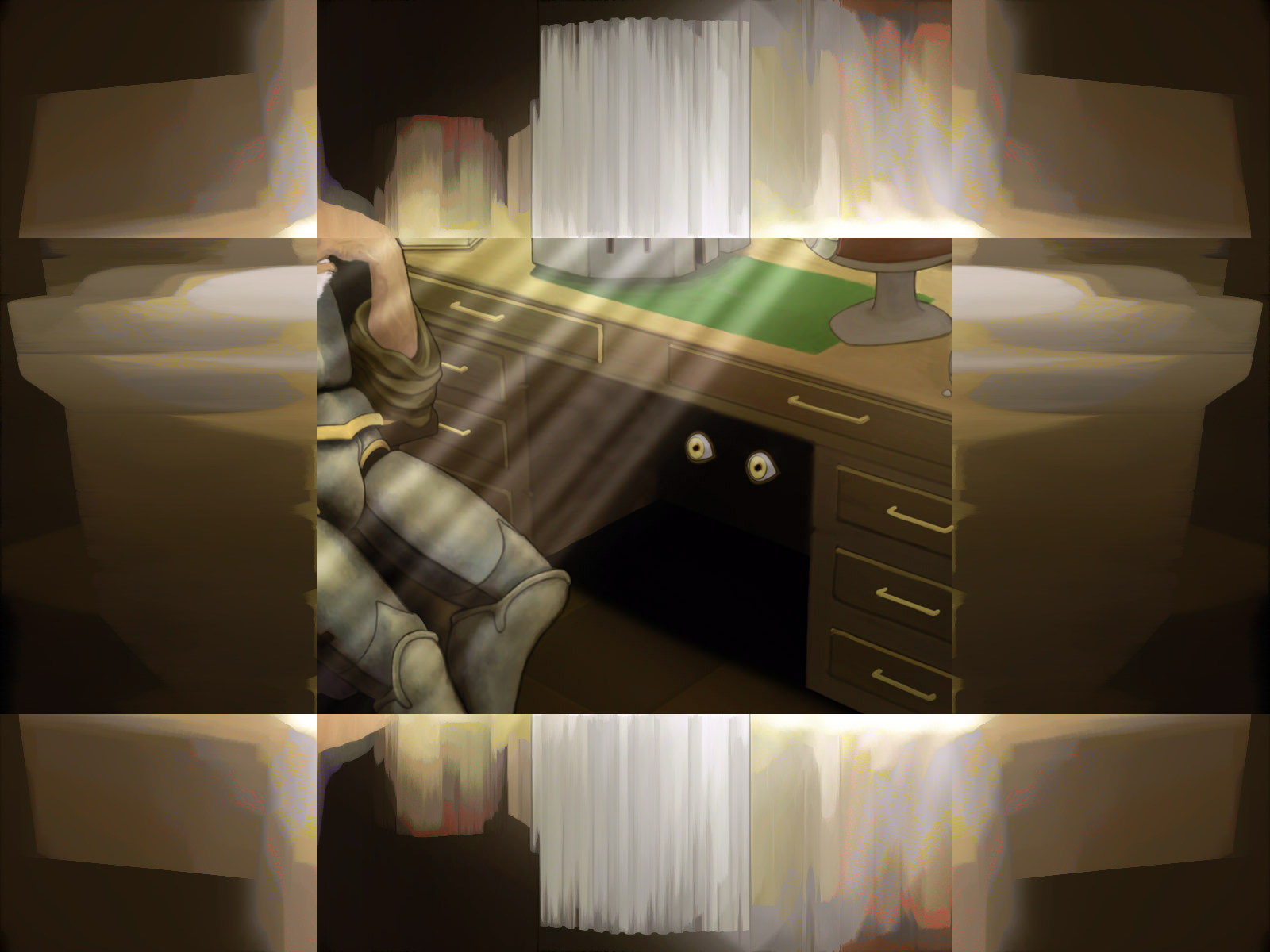
Fragments
This essay went through a bunch of drafts and still doesn’t really cohere. These paragraphs were left behind by the current structure.
One obvious benefit of Jaquaysing is that it increases player agency, and this is generally reason enough to encourage it. Players have more fun when they can make meaningful decisions, and these design patterns ensure there are meaningful decisions to be made.
The Ring of Wealth1 can teleport to a handful of locations associated with money: a bank, a gold mine, a public park. That last one may seem out of place, but due to a variety of circumstances, that park was historically where people could go to buy and sell anything. Its official acknowledgment in the Ring of Wealth teleports list is a nod to the weird optimizations and customs that develop spontaneously from the game’s complexity.
To emulate these emergent use-cases requires seeding the world with “texture” for the players to discover. For example, I think the spell Teleport to Varrock would be really cool to add to any game.2 It gives low-level players access to exciting magic, it has logistical implications (shaping the use of the world map: Varrock becomes more important because it’s easy to get to), and similar spells like Teleport to Ardougne can be gated behind levels or material components or whatever.
In this way, the world of RuneScape is a complex system that offers meaningful choices, offers opportunity for discovery, and rewards knowledge, experience, and engagement on its own terms. If you design a dungeon like this, we call it Jaquaysed. If you reward treasures like this, they are “interesting.” If you write your rules like this, it’s “Ivory Tower Design” and it “rewards system mastery.”3 And this is why I think the complexity is worth it. It gives you all the advantages of Jaquaysing a dungeon, but at every scale. It’s a maximalist sandbox game with hundreds of loose threads waiting to be picked up. You can do quests in whatever order you choose (mostly, as some quests require others). You can work to open a shortcut for yourself, or you can go the long or dangerous way around. You can start crafting your slayer’s helmet (a good thing to have) by hunting cave horrors for their masks, or you can buy a mask on the exchange. Maybe you can’t afford a mask, but you can afford a better weapon for hunting.
So we’re going to Jaquays the whole setting. This realistically means keeping it small and gated, possibly Metroidvania-like. But if you make the world weird enough and dense enough and complex enough (and give yourself tools to manage that complexity), when the players discover some optimization, or when something unexpectedly becomes a recurring focal point, all you have to do is roll with it.
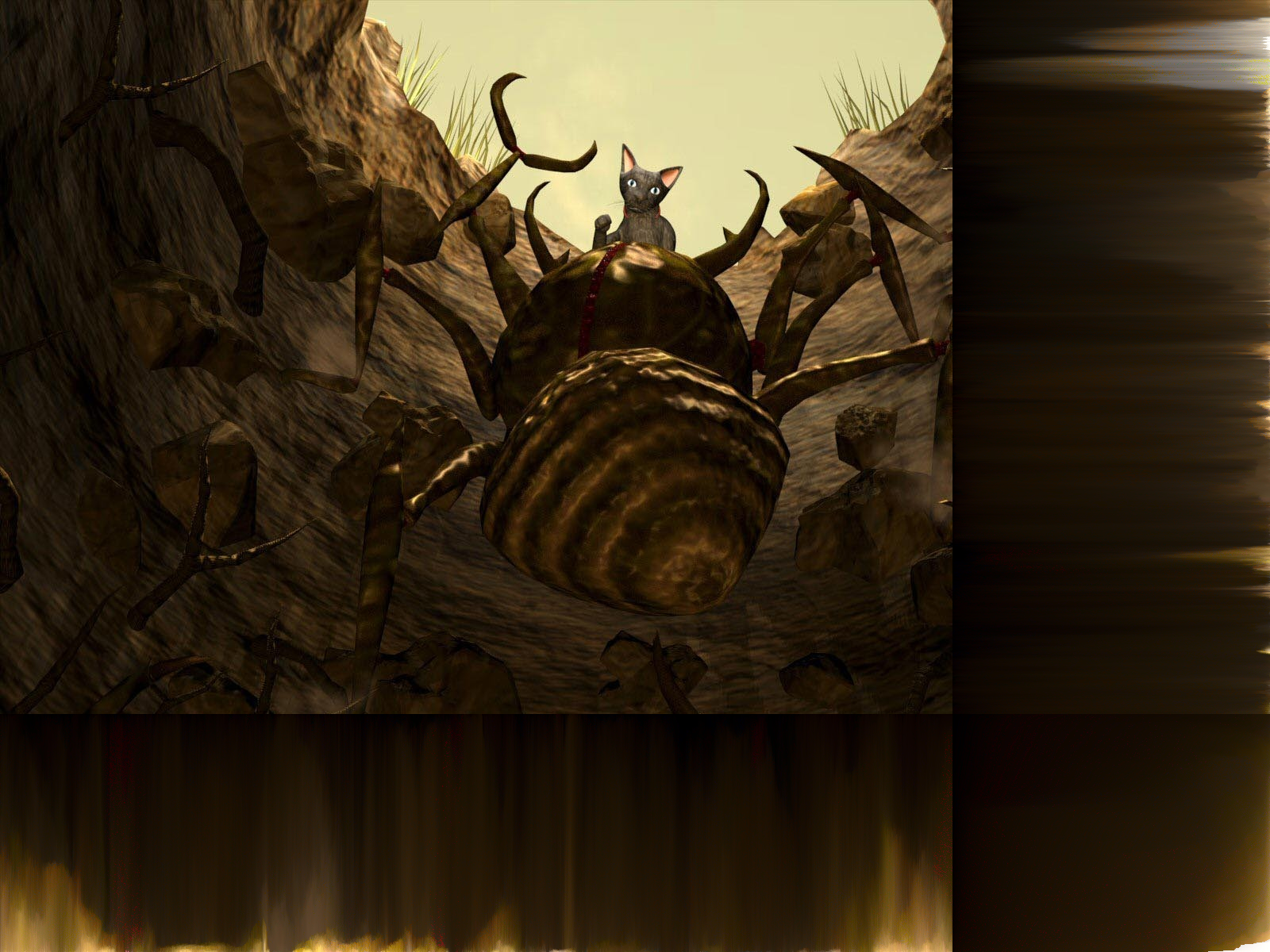
Illustrations
The illustrations in this post were official RuneScape wallpapers, sorted using imagemagick. There’s a bit of finesse to this when you want to only sort part of an image.
$ magick magick:ROSE \( +clone -crop '35x46+35+0' -sort-pixels \) -geometry '+35+0' -composite rose-out-crop.pngseems like it should be the same as
$ magick magick:ROSE -region '35x46+35+0' -sort-pixels +region rose-out-region.pngBut the latter will sort the full image, and then re-impose the first half un-sorted and the former will partition the image first and then only sort the colors in that half. Therefore, when dividing an image with a crop, the pixels are conserved, but when dividing an image with a region some pixels are lost and other pixels are doubled. This is, I think, because -sort-pixels is not considered a “simple image processing operator.”
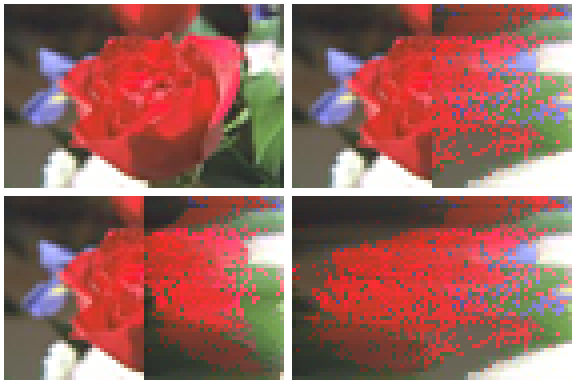 Upper left: the ROSE test image. Upper right: half-sorted using the 'region' method. Bottom left: half-sorted using the 'crop' method. Bottom right: fully sorted.
Upper left: the ROSE test image. Upper right: half-sorted using the 'region' method. Bottom left: half-sorted using the 'crop' method. Bottom right: fully sorted.
It also only sorts pixels within a scanline by order of intensity. These limitations mean it’s a much less flexible tool than the ASDF pixel sort (which I have used previously) or other processing scripts, but I found that a satisfying limitation to work around, by rotating and re-sorting regions.
Crafted at level 55 Crafting from a gold bar and a cut dragonstone, enchanted by Enchant Level 5 Jewelry, and charged at the fountain of rune in high-level wilderness (uncut dragonstones being obtained from the “crystal chest,” the key to which is in two halves, dropped separately by a selection of monsters)… or bought on the market.↩︎
But it means that you need a map already and it needs to have “Varrock” in it: it’s not particularly helpful to have one without the other. This is a fundamental tension that I’ve been dancing around for the whole series and partly why these essays remain largely unimplemented.↩︎
Not that I’m advocating this. In the example of Teleport to Varrock, I think spells should be considered part of the setting, in spite of D&D tradition.↩︎